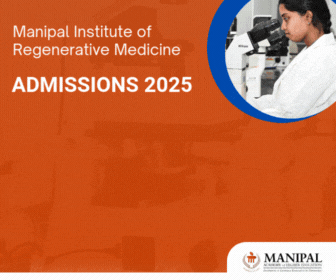For the first time, Public Health England forecasts the number of people with the disease could top five million if obesity rates continue to increase. About 90% of patients have type 2 diabetes, which is linked to being overweight.
A separate analysis says the cost of treating the UK’s “diabetes epidemic” could soar to 17% of the NHS budget. Experts are warning the burden of treating diabetes, especially new cases of type 2, could bankrupt the NHS. Statisticians at Public Health England have published a new forecast for the number of people who will develop diabetes in the coming years. Their analysis includes type one, which is an auto-immune disease and accounts for about 10% of cases in the UK.
But the remaining 90% have type 2, which can be affected by where you come from and your family history, but in most cases is associated with being overweight. In 2015, there were around 3.8 million people living with diabetes in England alone.
If obesity rates remain stable, Public Health England predicts that by 2035 that figure could have leapt to 4.9 million. But if obesity rates increase by 3% every five years, an extra 263,000 people will have developed diabetes by 2035, putting the overall
figure at more than five million.Chris Askew, chief executive of Diabetes UK, says there are clear implications of what he calls a “diabetes epidemic”. “As things stand we are certainly looking at a crisis in diabetes which threatens to bankrupt the NHS if we continue with these current trends.I believe we’re facing a crisis and we really need concerted action right across society for us to fund more research, provide best possible care and crucially prevent so many cases of type 2 in the future.”
At the same time, an analysis of the costs of treating complications associated with diabetes shows how they could spiral out of control. The York Health Economics Consortium says that across the UK, the NHS currently spends about 10% of its entire budget on diabetic care.
But researchers predict that figure could rise to 17% if rates continue to grow.
Nick Hex is the economist who calculated the new figures. “There is a fixed amount of money for the NHS so clearly if one disease area like diabetes is taking up more, a considerable amount of that cost, then there is less money to spend on cancer. So it’s really important policymakers think about ways costs can be mitigated over next few years because there won’t be enough to go round.”
Those comments are echoed by Professor Jonathan Valabhji, the national clinical director for obesity and diabetes for NHS England. “We need to stem the tide, otherwise we could see crisis and there are issues of sustainability for the NHS if we do nothing differently.”





























